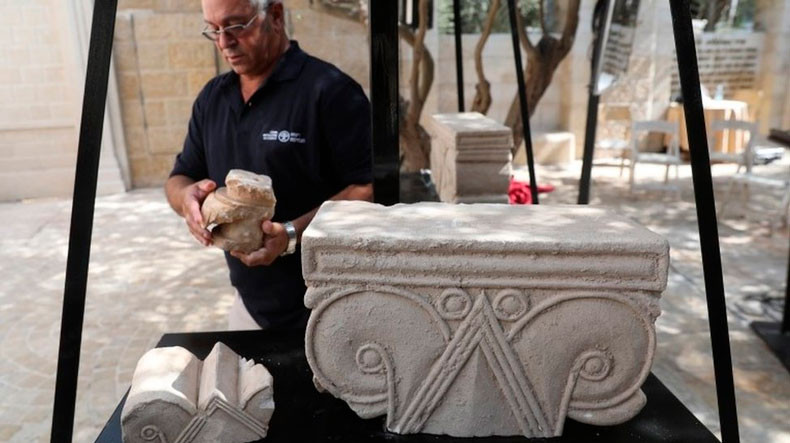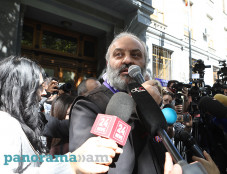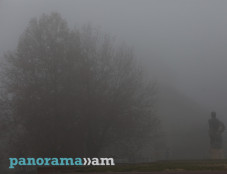
Mystery of 'magnificent palace' found in Jerusalem
Israeli archaeologists have discovered what they say is evidence of a "magnificent" palace from the era of a Biblical Jewish kingdom in Jerusalem, BBC reported.
Elaborately carved stone structures and other relics associated with such a building were found about 3km (2 miles) south of Jerusalem's Old City.
The archaeologists say some of the artefacts had been neatly buried, although they do not know why, according to the source
The palace is thought to have been built around the 8th or 7th Century BC.
Among the remains unearthed in what is now the East Talpiot neighbourhood, also known as Armon Hanatziv, were three ornate stone capitals - carvings which adorn the top of columns - as well as items from lavish window frames.
"The column capitals, identified with royal construction of the First Temple period [10th-6th Century BC], are the most beautiful and impressive that have been uncovered to date," said a statement from the Israel Antiquities Authority (IAA).
The IAA expressed "great surprise" that two of the three capitals were found "neatly buried, one on top of the other".
"At this point it is still difficult to say who hid the capitals in the way they were discovered, and why he did so," said Prof Yaakov Billig, director of the excavation, "but there is no doubt that this is one of the mysteries at this unique site, to which we will try to offer a solution."
Prof Billig said the grand building was probably destroyed during the Babylonian conquest of Jerusalem in 586 BC.
Newsfeed
Videos






























